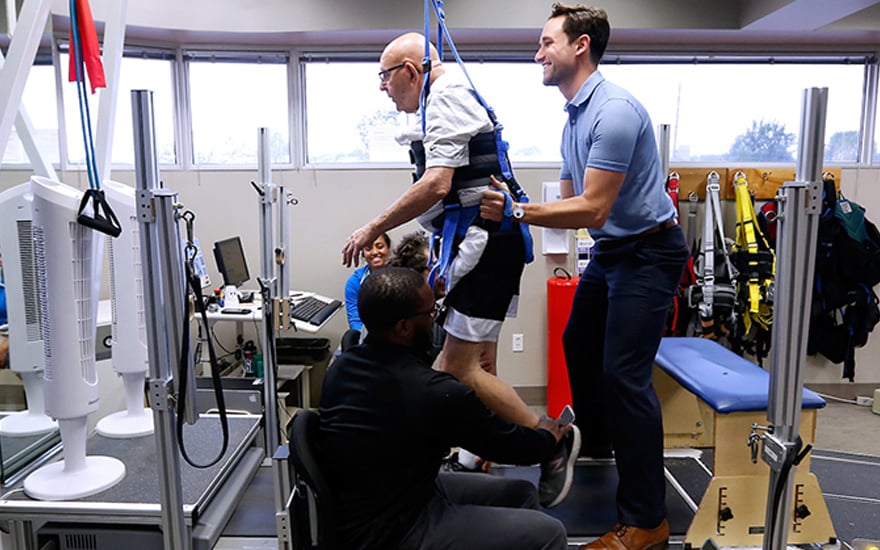Bodily treatment represents a important part of rehabilitation and restoration for numerous people. It assists patients regain vigor, boost movement, and reduce soreness following injuries or surgeries or procedures. There are techniques to physiological treatment, all designed to address the particular requirements of patients. Grasping these various methods can aid patients take knowledgeable determinations about their rehabilitation process.
A typical method to physical treatment is hands-on therapy. Such method entails direct treatment by a bodily specialist to manipulate muscle tissue and joints. Hands-on therapy can aid alleviate pain, enhance circulation, and boost range of motion. Practitioners may employ methods such as massage, joint adjustment, and flexibility exercises to help individuals heal. Such method is often helpful for those with skeletal conditions, such as spinal pain or arthritis, as it centers on the physical elements of healing.
An additional important technique is therapeutic movement. Such technique involves targeted activities tailored to enhance vigor, equilibrium, and control. Bodily therapists create personalized movement regimens based on the patient's status and goals. Such movements can vary from easy actions to increasingly advanced exercises. Therapeutic physical activity is crucial for restoring strength after an incident and stopping future problems. It additionally assists individuals regain belief in their physical skills, which is crucial for complete rehabilitation.

Aquatic rehabilitation is an additional beneficial method that utilizes liquid to support in healing. This approach takes advantage of the support of water, which reduces the impact on joints and facilitates more comfortable movement. Patients can perform exercises in a pool, making it a great choice for those with restricted movement or discomfort. Water-based therapy can help improve vigor, range of motion, and resilience while delivering a nurturing environment for healing. This is notably beneficial for individuals recovering from surgery or those with long-term pain conditions.
Lastly, learning and autonomy are crucial components of physiological rehabilitation. Physical therapists also deliver therapy but additionally instruct patients about their conditions and how to manage them. Such entails comprehending body mechanics, position, and physical therapy for chronic conditions the importance of being involved. By empowering individuals with information, therapists help them adopt an active position in their healing. This approach motivates clients to persist their healing outside care appointments, leading to improved sustained effects.
In conclusion, physical therapy delivers multiple techniques to improve healing and restoration. Manual therapy, rehabilitative exercise, aquatic treatment, and education all play significant roles in aiding clients regain their strength and flexibility. Every method is designed to meet the individual requirements of patients, providing a comprehensive approach to rehabilitation. Through grasping these different methods, individuals can more successfully manage their healing journey and endeavor towards reaching their rehabilitation aims.